What is MIS (Management Information System)?A management information system (MIS) is a computer system of hardware and software that acts as the foundation for an organization's operations. An MIS collects data from various online systems to support management decision-making, analyses the information, and reports data. In an organization, it is utilized for information coordination, control, analysis, and visualization. People, procedures, and technology are all involved in studying management information systems in an organizational setting. It provides businesses and organizations with technology that facilitates communication and information flow, assisting in issue-solving and giving an organization a competitive edge. 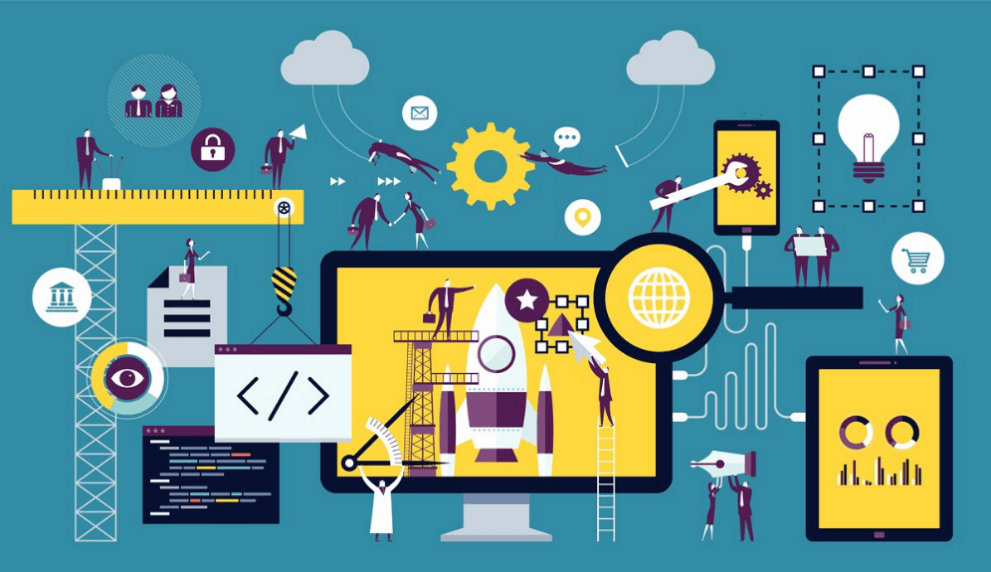
Role of MISA management information system (MIS) is a computerized financial data database set up and designed to generate regular reports on operations for all levels of management within a firm. Additionally, specific reports can typically be easily obtained from the system. The major goal of the MIS is to provide managers with feedback on their performance so that upper management can keep an eye on the entire business. The MIS often compares "actual" data to "planned" outcomes and results from the previous year to gauge progress toward goals. Data from corporate departments and functions are sent to the MIS. Some information is gathered automatically through computer-connected check-out counters, while other information is manually entered at regular intervals. Other reports are acquired using built-in query languages, while routine reports are preprogrammed and performed periodically or on demand. Managers use display functions integrated into the system to check progress at desk-side PCs connected to the MIS by networks. The performance of the company's stock is also tracked and shown by several sophisticated systems. Evolution of MISIt's useful to divide the history of management information systems into four or five periods to make sense of its evolution. Mid-1960s to mid-1970s: Information systems were centralized during the early years of computerized MIS and were only focused on management and governance requirements. Accounting departments were in charge of most information systems and their reports. Mid-1970s to mid-1980s: Even though MIS was still primarily focused on management and oversight, additional departments were starting to take advantage of the technology. The form and scope of additional Information Systems steering groups and user-led initiatives often established projects. Mid-1980s to late 1990s: This period saw the growth of centralized information systems and the decentralization of information. Every division has its computer network. Information management was frequently referred to as "herding cats." A new job to handle the acquisition and operation of various information systems evolved in many businesses during this time. The late 1990s to today: Information systems are still closely related to governance and management in the modern period, but they are extensively dispersed and accessible to almost every employee across several platforms. So that a client firm can easily access supplier information and their consumers, in turn, may access that information, many information systems are integrated amongst various companies. Today forward: The rapid growth in internet bandwidth has resulted in a significant reliance on cloud computing. Some claim that this heralds a new era in the rise of the worker and that this is the era of management information systems. Nowadays, almost any employee can make educated judgments because of the tools that are easily accessible across several platforms. The distinction between those who create and those who use MIS information is becoming increasingly hazy. Pillars of MISManagement, Information, and System comprise MIS's three pillars. These are described further below. 
Components of MISFive components comprise a management information system: people, business processes, data, hardware, and software. To accomplish corporate goals, each of these components must cooperate.
Objective of MISThe major objectives of an MIS are to assist executives in decisions that further the business's strategy and to implement the organizational structure and dynamics of the firm to manage the organization more effectively and gain a competitive advantage. Some MIS objectives are as follows:
Characteristics of MIS
Types of management information system (MIS)Information systems come in various forms to gather data, provide reports, and aid operational and middle-level managers in making decisions. Depending on the situation, several management information systems are used. Thus, choosing the appropriate MIS type is crucial. Here are some of the often-used MIS kinds explained: 1. Management Reporting SystemIt is a database that tracks all the finances and business activities at various management levels. Middle-level managers typically utilize a management reporting system to produce frequent reports by comparing past and present financial performance to assess financial growth. The intermediate-level managers can also use it to analyze their performance. The senior-level managers compare the company's present financial situation and operational effectiveness against the company's established goals using data supplied by the reporting system. 
2. Process Control SystemsThis system focuses on physical or industrial business activities, such as car assembly, oil refining, or metal manufacturing. The process control system continuously collects data and produces a report on the system's performance. The report helps the management assess how well the process is working and provides information on when a specific event occurred. Additionally, it reveals how frequently the production system deviates from a cyclical production process. This kind of data is useful for assessing the production system's effectiveness and maintaining control over worker and equipment safety. 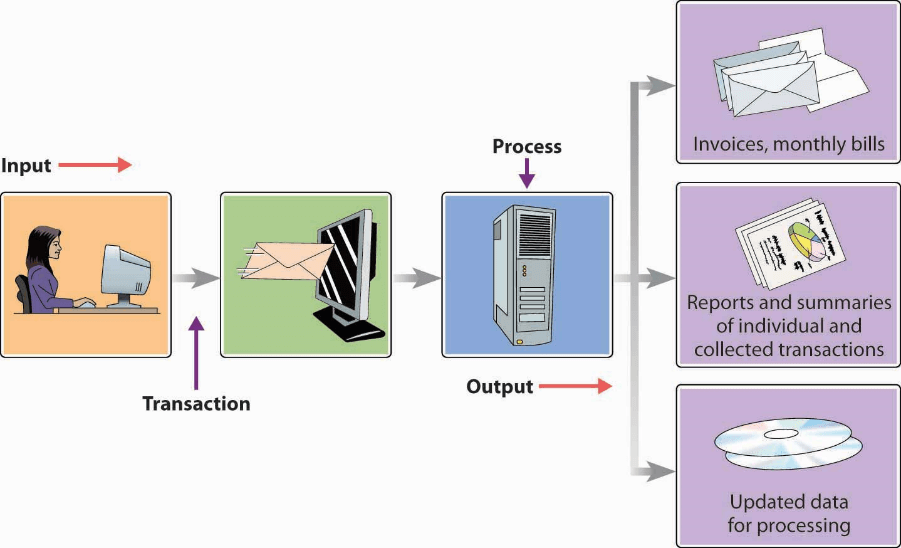
3. Sales and marketing systemManagers can monitor a company's sales and advertising effectiveness through sales and marketing systems. Through client reviews and comments, marketing systems can generate reports that assist managers in raising the caliber of their products. Marketing managers that utilize sales systems can use reports to learn more about expected sales and assess how they compare to present earnings. They can use this to recognize patterns and develop solutions for future development. These systems can keep track of price discrepancies between products and the current promotions and advertising campaigns that specific retailers use. Managers may use this information to track a product's sales and target additional promotions or discounts. 
4. Inventory control systemIt keeps track of every inventory-related event, such as theft, spoilage, and inventory on hand, enabling management to see which products are selling out more quickly and require restocking, either in specific retail locations or the business warehouse. The movement of inventory into the warehouse, from the warehouse to the stores, sales, and returns are all tracked by the inventory control system. 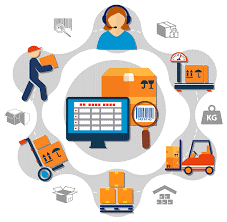
5. Accounting and Finance systemsIt keeps track of an organization's assets and investments. It compiles all the information relevant to the financial reports required by law for federal, state, and local taxes, payroll, and pension funds. If the institution publishes yearly reports, the accounting and finance system delivers the reports required for such audits. It also makes it easier to post daily transactions, such as sales revenue, returns, and bank deposits. This method is the foundation for monthly statements like the profit and loss and balance sheets. In addition, these statements assist managers in comparing the company's current financial success to its historical results and setting targets for future expansion. 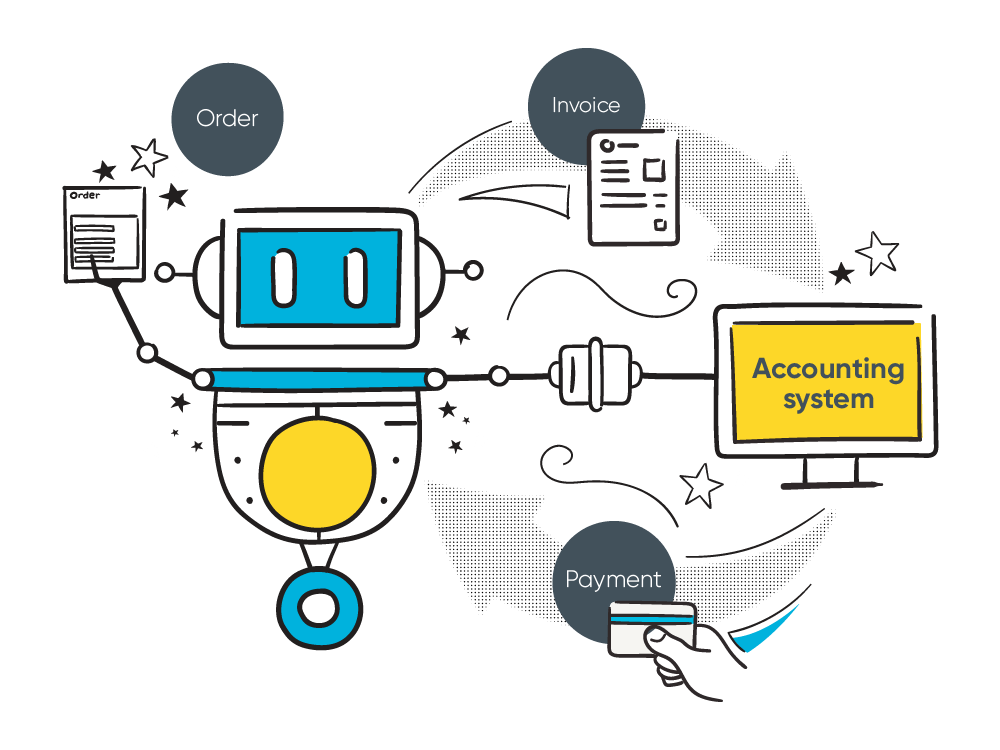
6. Human resourcesWith the use of this information management system, management may regulate how information is distributed throughout the company. The office automation information system includes electronic tools that managers use to communicate with other departmental managers, their staff, or even with other employees. Payroll, benefits, and retirement are all financial components of the accounting and financial systems that are tracked by this system. The human resource system also tracks numerous more things. Providing notices of statutory compliance required training sessions, and HR regulations facilitates communication between staff members, HR, and management. 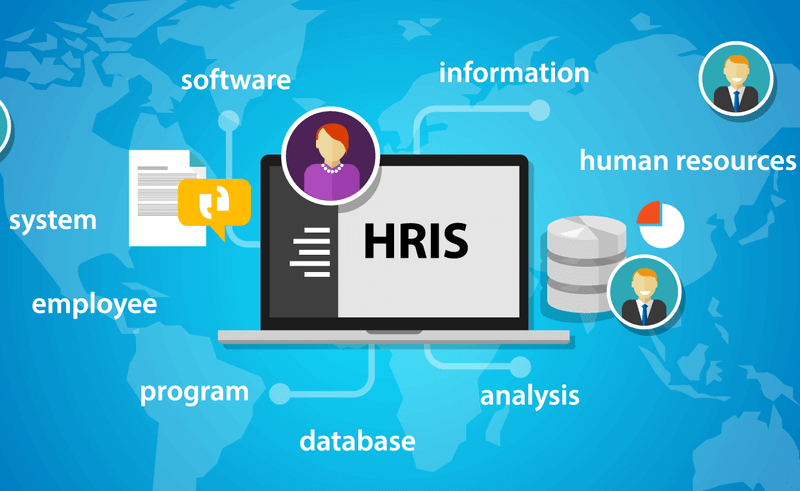
7. Decision support systemDecision support systems collect information from both internal and external sources to assist managers in making business choices. Data from other departments, such as financial data, inventory data, or current sales margins for a quarter, are examples of data from internal sources. External data sources include industry developments, interest rates, and costs with rival businesses or suppliers. When making judgments on building growth, annual work quotas, or new policy creation, a manager may employ a decision support system. 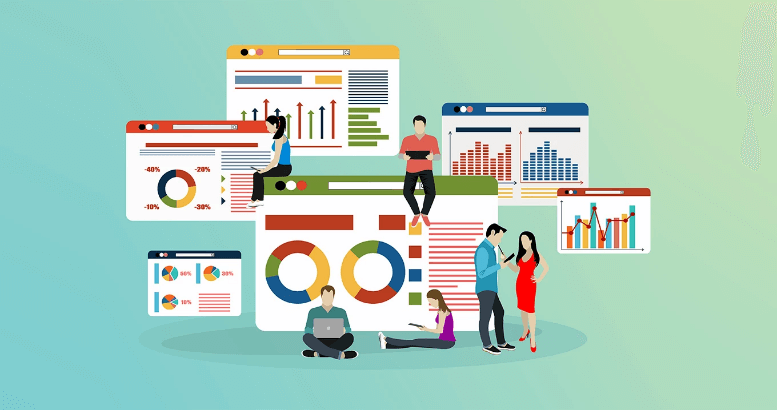
8. Executive information systemThe executive information system is made to help executive management oversee executives. By providing information in tables and charts, this system makes it simple for managers to analyze data and make informed judgments. 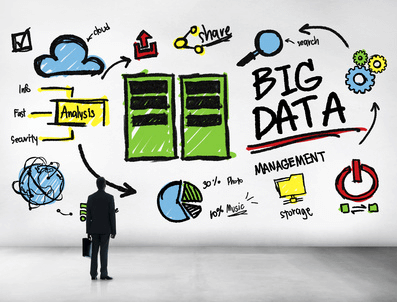
9. Marketing information systemsThe Marketing Information System refers to the systematic gathering, analysis, interpretation, storage, and presentation of market information to marketers regularly and continuously from internal and external sources. It gives marketers important details to decide how best to carry out marketing operations, such as pricing, packaging, new product development, distribution, media, and promotion. 
10. Transaction systemTransaction process systems capture data during an organization's daily transactional activity. They can also keep an eye on other regular operations like queues of goods or reservations for various commodities. Payroll and other corporate operations involving deposits can be automated with transaction systems. 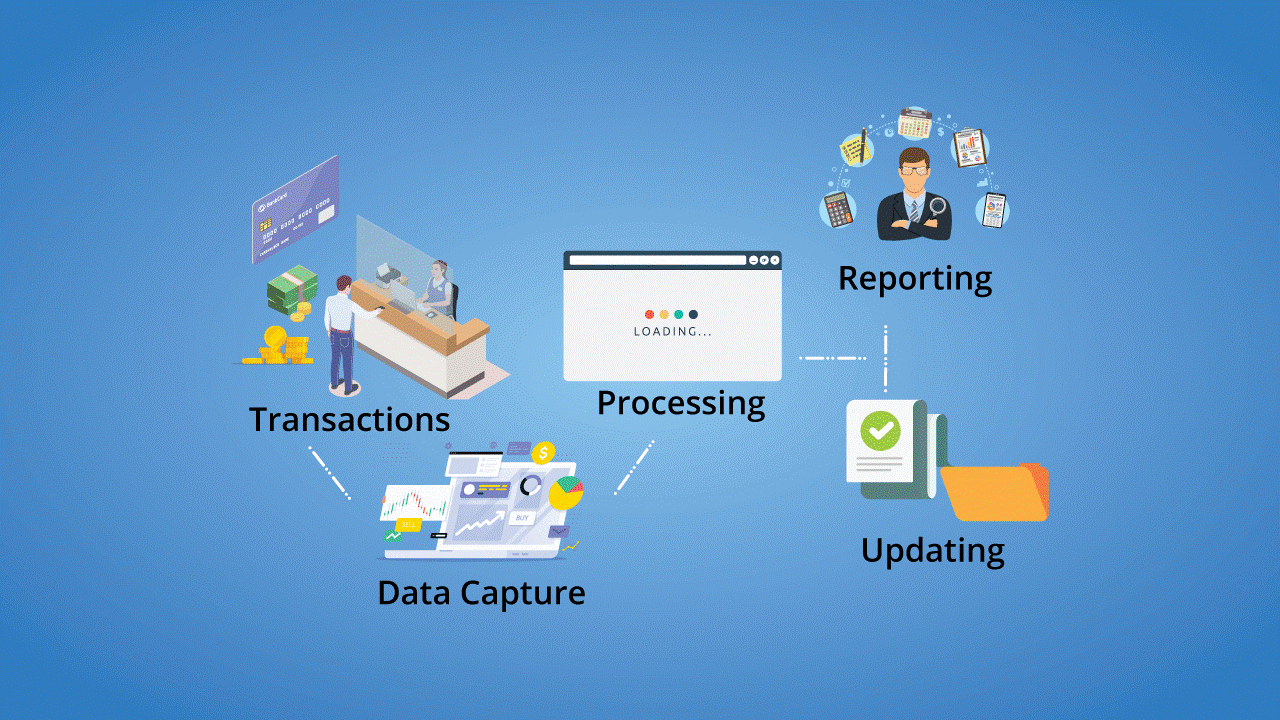
11. School Information management systemA school information system (SIMS) enables a school to operate efficiently. Many schools are utilizing this technology to handle all of the behind-the-scenes operations of a school as well as mold the brains of young people. The school information system has decreased the workload of maintaining and managing student attendance records. 
12. Enterprise resource planningA firm uses software or system to plan and manage daily activities like supply chain, manufacturing, services, financials, and other processes. Accounting and procurement, project management, customer relationship management, risk management, compliance, and supply chain operations are just a few tasks that enterprise resource planning software may perform to automate and streamline a company or organization. 
Advantages of MIS
Disadvantages of MIS
Next Topic#
|
 For Videos Join Our Youtube Channel: Join Now
For Videos Join Our Youtube Channel: Join Now
Feedback
- Send your Feedback to [email protected]
Help Others, Please Share










